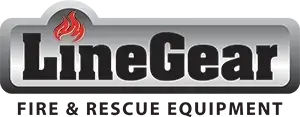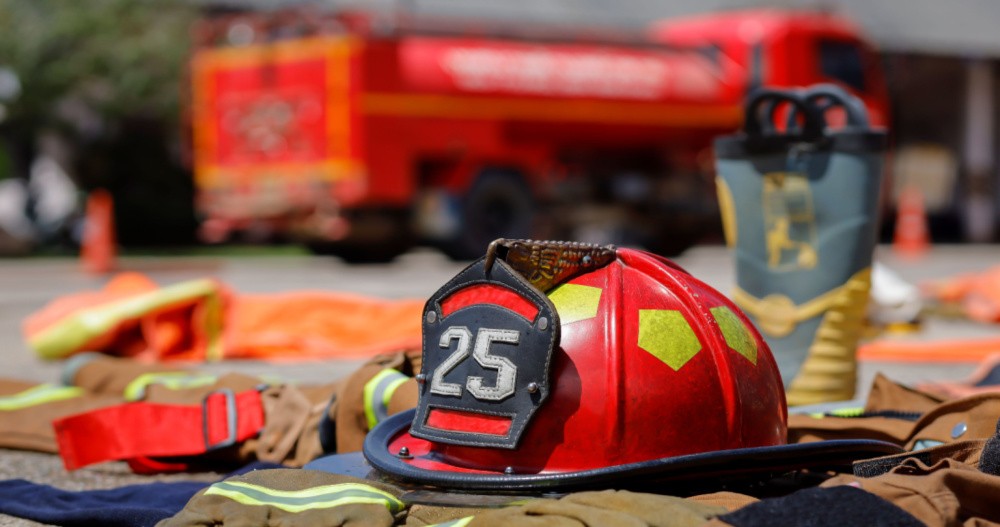Firefighting helmets are an iconic part of the profession, recognized worldwide for their dome shape. The classic design has gone through numerous iterations to provide the best protection, comfort, and fit. To understand the benefits of a well-designed firefighting helmet, consider the history of its evolution.
The Evolution of the Firefighter Helmet
The dome shape of the helmet ensures falling objects don’t injure a firefighter’s head. Protection for the neck and face helps prevent injuries from hot water and fire embers, making the helmet a highly useful piece of equipment.
The first “fire cap” was invented by Jacobus Turck in New York City in 1740 and had a high crown and narrow rim. The cap was made of leather and improved upon by Matthew Dubois, who added a sewn core of iron wire under the edge of the brim to strengthen the helmet. This improvement helped increase the helmet’s resistance to flame, heat, warping, and water damage.
However, it wasn’t until about a century later that an FDNY volunteer firefighter named Henry T. Gratacap created a dome-shaped helmet with a taller front shield and a rear brim that would protect the firefighter’s neck.
Over the years, they added a badge to identify the firefighter, and the materials have improved to provide superior protection, function, and fit.
How to Choose a Helmet
There are many firefighter helmets to choose from today, which leads us to the question of how to choose the right one for you.
The key characteristics that a firefighter should consider when shopping for a helmet is weight, materials, style, and balance.
Weight
Though there isn’t much difference in weight between modern firefighting helmets today, choose a lightweight and durable helmet. It’s the design and engineering of the helmet that ensures optimal comfort.
Materials
A helmet is usually made of thermoplastic or fiberglass, materials known for their ability to withstand extreme heat. Fiberglass is a mixture of glass fiber and thermoset resin, the glue that holds the glass fibers together. Finding the right mix of good thermoset resin and high glass content is the key to creating a durable fiberglass material. The modern fiberglass helmet has a glass content of about 50%.
Fiberglass helmets are best for chemical fires.
However, repeated exposure to extreme temperatures will cause the thermoset resin to degrade. On the other hand, thermoplastic helmets have a high-quality surface finish that is impact resistant. Modern thermoplastic helmets are durable in 500℉ but are sensitive to certain chemical solvents. Because these helmets are made by the process of melting and re-cooling, they’re highly resistant to repeated exposure to high heat.
Style
Today’s three main styles of firefighter helmets are the traditional American helmet, the streamlined contemporary helmet, and the jet-style helmet.
The traditional helmet has ribs protruding from the dome and a long brim on the back to allow water to drip off. The helmet also has a customized shield in the front used to identify the firefighter.
The contemporary helmet has a lower profile and lighter weight than the traditional helmet. It’s equipped to support visors, eye shields, and neck protectors.
The jet helmet is more popular internationally, with style similar to that of a motorcycle helmet. The helmet doesn’t have an extended brim but allows the wearer to wear communication devices, a breathing apparatus, and equipment for eye protection.
Balance
Many firefighters complain that their helmet feels heavy at the top. But the secret to making a helmet feel light without removing any weight is balance.
Many firefighter helmets can be adjusted to ride higher, lower, or in the middle of the head to optimize balance and make the helmet feel lighter.
When choosing a firefighter helmet, ensure the helmet has this adjustment capability.
Superior Helmets to Consider
Brands like Fire-Dex and Bullard offer a wide selection of firefighting helmets. At LineGear, here are a few helmets we’d recommend, or you can shop our entire line now.
Sources:
https://firefighterinsider.com/why-are-fire-helmets-shaped-that-way-a-brief-history/
https://www.bullard.com/insights/choosing-your-fire-helmet/

